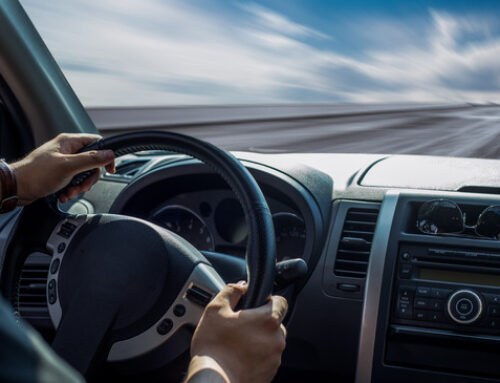Winter months in Florida have a distinct lack of precipitation compared to the rest of the year. Driving this time of year is a lot easier when thunderstorms are not a daily occurrence. Florida rainstorms can quickly become severe even on otherwise sunny days, significantly impacting visibility and road surfaces. As always, learning the risks and best practices to stay safe while driving in storms ahead of time is recommended. Today, to prepare for future storms that will hamper driving conditions, we will discuss the precautions every driver should take as soon as the weather gets out of hand.
Car Preparations
The worst time to learn about an issue your car has is during a thunderstorm on a busy road. A total car checkup is recommended before the start of the rainy season, but there are a few critical parts you can focus on. Outside of essential components like the engine, ensure your lights and windshield wipers are in working order to compensate for lower visibility in storms. Allowing yourself to see is just as important as allowing other cars to gain sight of you through headlights and brake lights.
Your tires should also be new or high enough quality that they will not jeopardize the safety of you and your passengers. Balding tires are far more likely to lose traction and slide on wet roads. If you spend part of the year living up north and have snow tires on your car, you can also consider using those high-traction tires during the rainy season.
Tips For Driving In The Rain
Preparing your car beforehand is just one part of the equation. Having the knowledge of how to conduct yourself when road conditions worsen is essential for keeping everyone on the road safe.
Keep Distance Between Cars: Even during sunny weather, you should maintain enough room between the car ahead of you to facilitate time to brake and come to a complete stop should the vehicle ahead halt suddenly. This advice is even more critical in rainy conditions when road texture is worse and reactions can be delayed.
You can also prevent yourself from hitting the car ahead by maintaining a slower speed than you would otherwise. The reality is that accidents are more likely to happen when a rainstorm hits, so lowering your speed is a decision that can lessen injuries and save money should a bad situation arise. Slower speeds also allow for more cooperation between drivers, as merging and turning are more feasible at lower speeds. Letting other drivers room to make safe turns and merges can reduce the chances an impatient driver causes an accident trying to get out of the rain.
Keep An Eye Out For Road Dangers: Storms can lead to higher levels of debris, such as tree branches, littering the road surfaces. Puddles of standing water can also hide debris, potholes, or speedbumps and are best avoided if possible. If you have to drive through a large body of standing water on the road, take it slow and only approach if you are familiar with the roadway and know the potential depth of the puddle.
Cars also have the chance of hydroplaning on road surfaces during storms. Hydroplaning occurs when the car or truck you are driving slides uncontrollably across a wet road surface. If your car begins hydroplaning, release your foot from the gas pedal and continue steadily forward. Be sure not to slam on your brakes, as your vehicle could spin out of control. Always be on the lookout for other drivers and give them a wide berth if they lose control of their car.
Florida drivers must ensure that they are adequately insured before hitting the road, no matter the season. If you need advice on the appropriate level of auto insurance required here in Florida, call the Anderson & Associates Insurance Group team.










